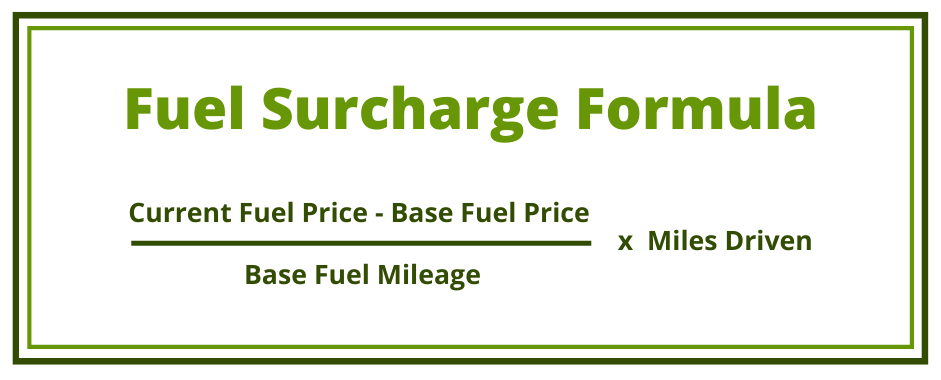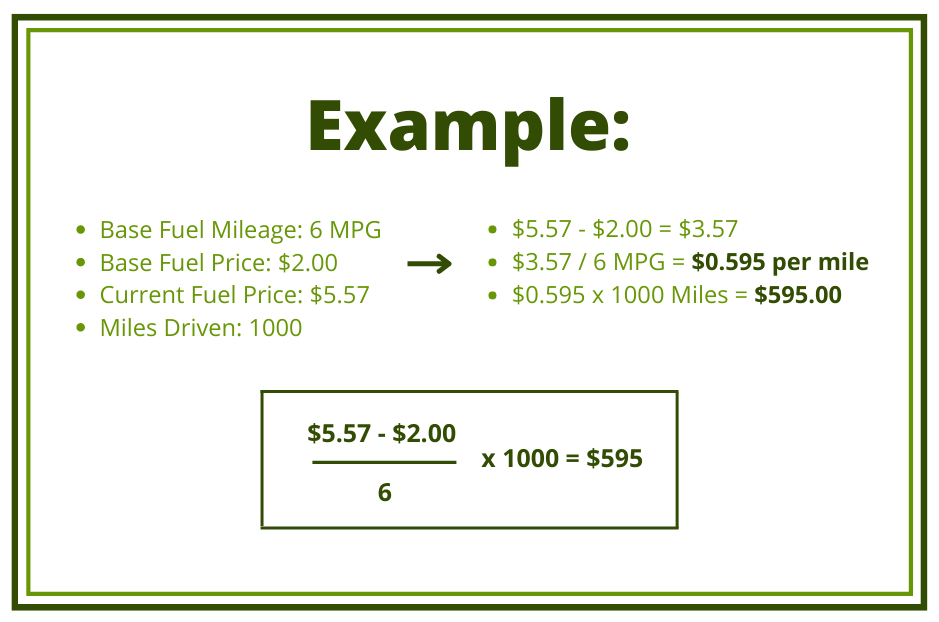

According to the U.S. Census Bureau’s Commodity Flow Survey (CFS), trucks transported 71.6% of all goods shipped in the United States in 2017 (the latest year statistics were available). Because of this, the recent spike in diesel fuel prices has had a major impact on the US economy.
Many blame the record-breaking prices on the loss of Russian oil imports, and while that’s certainly part of the issue, it isn’t the only contributing factor; it merely stressed an already problematic situation. After a number of oil plants closed in 2020, the US refining capacity declined by 900K barrels of oil per day. At first, this didn’t have much of an impact, as people were driving significantly less due to the pandemic. However, when the world started opening up again, demand for oil skyrocketed, and we simply didn’t have the supply to meet it. Then came inflation, which only exacerbated the problem.
Diesel prices hit an all time high in May of 2022, and since fuel is a relatively inelastic commodity – one we can’t really cut back on when costs rise – truck drivers have had little choice but to pay the higher prices. So, to make up for the additional costs of doing business, many transportation companies have implemented fuel surcharges.
A national fuel surcharge is an extra fee trucking companies charge to help cover fluctuations in the cost of fuel. While technically there is not a specific National Fuel Surcharge, this term may be a reference to the US Energy Information Administration (EIA), a federal government organization that tracks data on fuel costs across the US in addition to other things. Many companies use the data provided by the EIA to determine how they will adjust their fuel surcharges. There is no federal regulation over what companies charge; it is up to the company.
According to the EIA: “EIA cannot tell you how to calculate a fuel surcharge. Fuel surcharges are negotiated privately by shippers and by transportation companies.”
However, every Monday, the US government does post an update of the average retail price for diesel fuel, which many companies use as the basis for setting their surcharge fees. But again, they don’t have to; they can base their surcharged rate on whatever numbers they choose.
While fuel surcharges are just part of life for truck drivers today, they’re actually a relatively recent innovation – the first national fuel surcharge wasn’t until 1973. In October of that year, the Organization of Arab Petroleum Exporting Countries (OAPEC) instituted an oil embargo on the United States (and other countries) to gain leverage in post-war peace negotiations and to retaliate against the US for sending supplies to the Israeli military. The embargo halted all US oil imports from OAPEC participating nations and drastically cut production, quadrupling the price of oil from $2.90 a barrel pre-embargo to $11.65 a barrel by January of 1974. In response to these heightened oil prices, the US Department of Energy (DOE) started posting a National Retail Diesel Average so that carriers could make up for the additional transportation costs. When fuel prices finally settled, companies lowered their surcharges accordingly – at least, for a few years. Fuel surcharges have varied since that time in response to changing fuel prices.
The next significant increase in fuel surcharges (though there were a few before) occurred in 2005. After Hurricane Katrina devastated much of the coastal areas of the Gulf Coast, Gulf of Mexico oil production was severely disrupted, and we saw the largest surge in fuel prices to date. Without a national fuel surcharge, the trucking industry could have been destroyed.
So, how do trucking companies determine their surcharge rate? It depends. Since the government doesn’t regulate fuel surcharges, companies can use any method they choose to calculate what they will charge. However, while many carriers are able to make money off of fuel surcharges by charging slightly more than they end up spending, it’s generally not advised to set your price too high. Trucking is a competitive industry, and if your rate is much higher than your competition’s, shippers will simply find a different company to work with.
Although there’s no standardized method for calculating fuel surcharges, the following approach is the most popular by a longshot:
Key Terminology:
Formula:


Unfortunately, fuel is an expense you just can’t avoid. Another unavoidable expense? The Heavy Vehicle Use Tax. While the cost of this tax is pretty low compared to what you have to spend on diesel fuel, if you neglect to pay it, you could face penalties, fees, and trouble registering your vehicles. Luckily, with i2290, paying the HVUT is simple, easy, and straightforward. All you have to do is create an account, enter in some information about your business and your vehicles, and we’ll automatically calculate your taxes for you. The entire process takes only a few minutes, and you’ll receive an IRS-stamped Schedule 1 almost instantly. Ready to get started? Create an account today!
We're confident that your experience with INSTANT 2290 will be the best Form 2290 e-filing you've ever had. If for any reason you are not satisfied, just contact support for a full refund. No questions. No conditions. Create your account to get started!